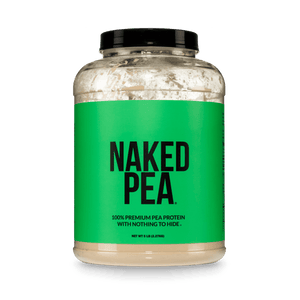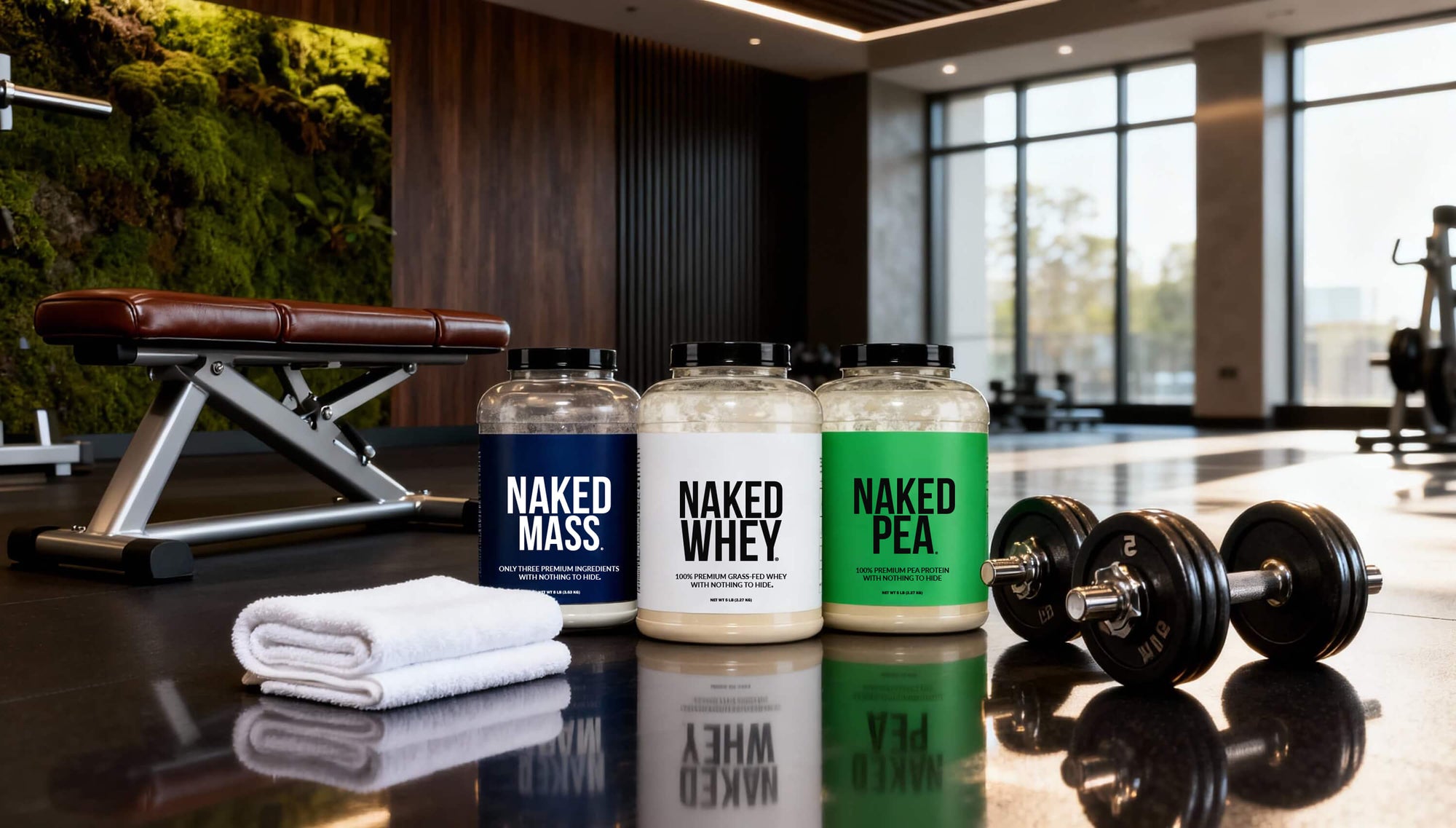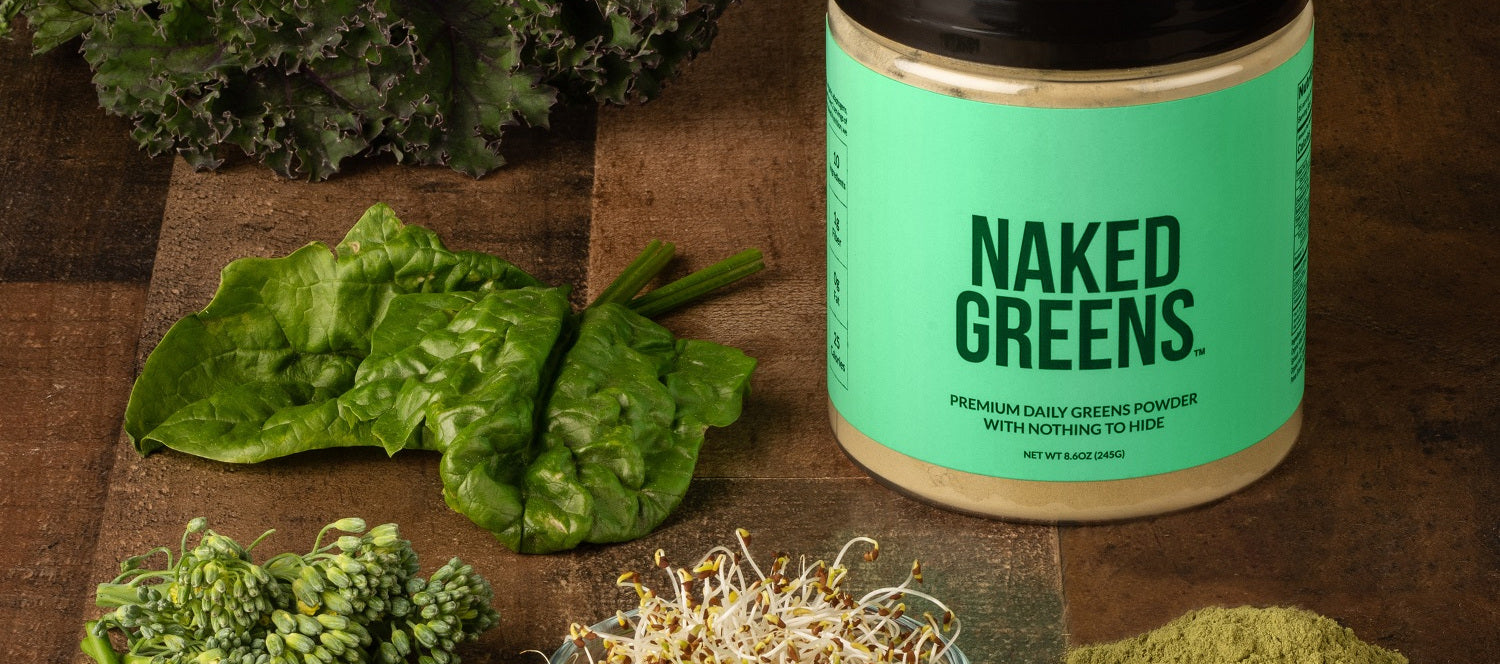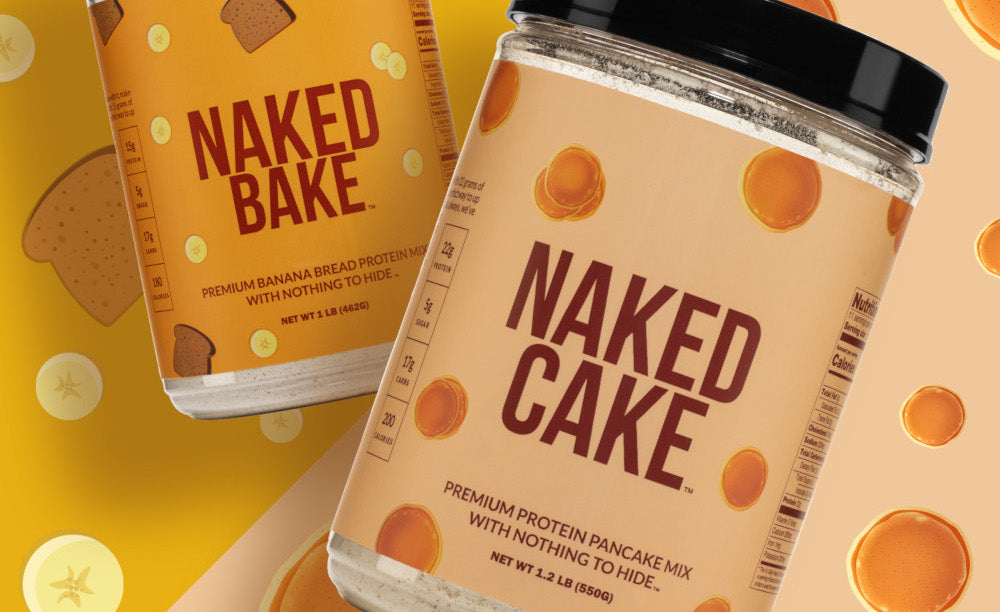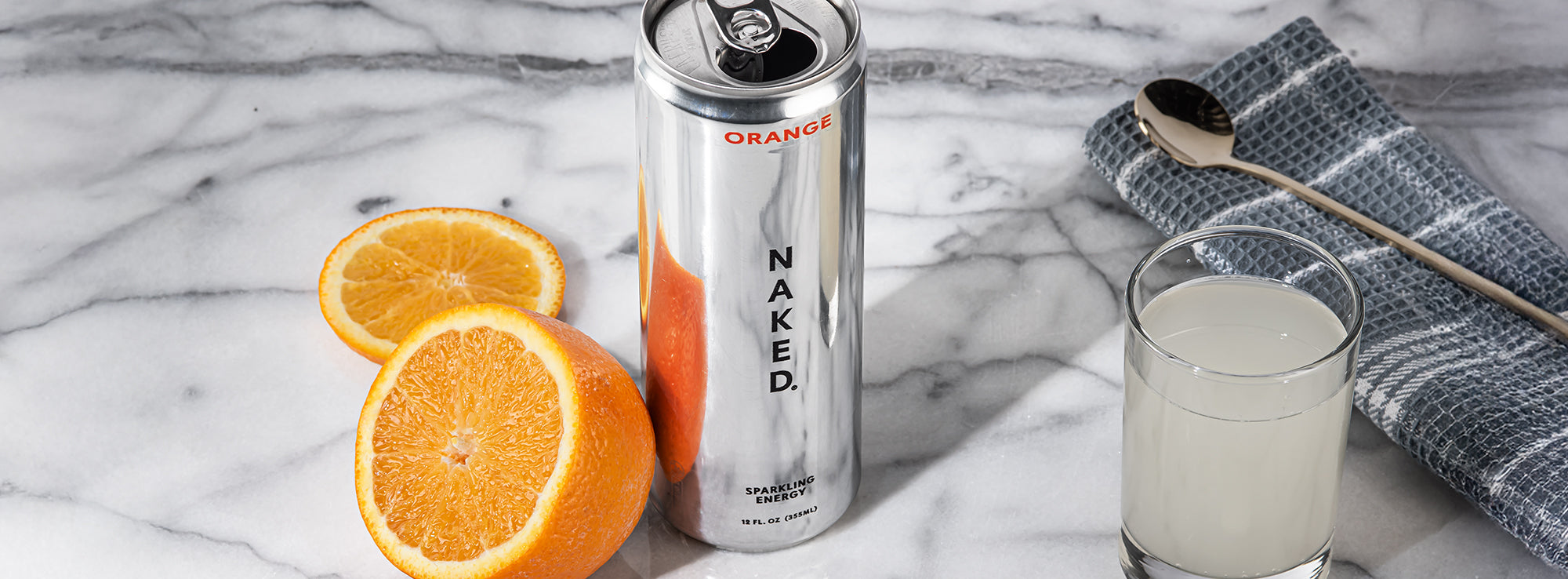Peanut butter is considered a good source of protein, especially for those following a plant-based diet. But how much protein is actually in peanut butter?
And does it really compare to other protein sources? Let’s find out.
Is Peanut Butter a Good Source of Protein?
A 2-tablespoon serving of peanut butter provides roughly 7 grams of protein. To put that into perspective, a 3-ounce portion of tofu contains 8 grams of protein and a 3-ounce serving of chicken breast contains about 26 grams of protein [1].
Animal sources will contain the highest concentrations of protein per serving but that doesn’t discount the protein in plant sources such as peanut butter.
Although it appears to be a lot less, peanut butter is also incredibly versatile and easily added to snacks and meals to boost total protein intake.
How Much Protein is in a Spoonful of Peanut Butter?
If you love peanut butter, you may enjoy it by the spoonful. Although it’s considered a good source of protein, peanut butter also contains a high amount of fat and calories.
A typical spoonful provides about 1 tablespoon of peanut butter, or about ½ serving. This adds up to roughly 95 calories, 3.5 grams of protein, 8 grams of fat, and 1 gram of dietary fiber [1].

What is Powdered Peanut Butter Protein?
Although peanut butter contains a good source of protein, many are fearful of adding too much to their diet due to the high fat and calorie content. To remedy this, powdered peanut butter protein was developed.
Powdered peanut butter protein is made by extracting the oil from peanut butter and blending the remaining product into a fine powder. Thus cuts down significantly on the fat and calories while preserving the protein content.
This type of product has become widely popular over recent years, particularly among the dieting crowd. It allows for the indulgent flavor of peanut butter in a high-protein, low-calorie product.
Additionally, powdered peanut butter protein is easy and convenient to mix into foods compared to its creamy counterpart.
You can add it to many foods including oatmeal, yogurt, smoothies, and anything else you would normally add protein powder too but with the same indulgent peanut butter flavor.
What are the Benefits of Peanut Butter Protein?

A high-quality peanut butter protein provides a heartier dose of protein with significantly less fat and calories compared to traditional peanut butter.
This makes peanut butter protein a great product for vegan and vegetarian dieters looking to boost their protein intake without consuming animal products.
Peanut butter powder is also easy to use and convenient compared to traditional peanut butter without sacrificing the indulgent flavor we all know and love. It readily mixes into foods and beverages, creating a more versatile ingredient.
Additionally, peanut butter protein is soy-free and gluten-free, making it a great option for those with soy or gluten allergies or intolerance. However, individual products will vary and it is important to continue to diligently read labels for these ingredients if an allergy is present.
Is Powdered Peanut Butter Protein Better Than Regular Peanut Butter?
Although powdered peanut butter protein has its benefits, that doesn’t mean you need to always avoid natural peanut butter.
There are many health benefits to peanut butter as well, including containing a good source of healthy fats, fiber, and fat-soluble vitamins compared to powdered peanut butter protein.
This means that natural peanut butter is more nutritionally-dense than peanut butter powder. Although one is not better than the other, which you choose will depend on its use.
Having a few tablespoons of natural peanut butter a day can provide many benefits. If you prefer to add peanut butter to more of your foods or are looking for a more protein-dense option, peanut butter powder is likely the better choice but the two can be used simultaneously as well.
Is Peanut Butter a Complete Protein?

Many plant-based proteins are missing one or more of the 9 essential amino acids to create a complete protein source and peanut butter is no exception.
However, new research suggests this is not much of a concern anymore.
It is no longer seen as a requirement to consume a complete protein source at every meal or snack to get adequate protein. Instead, aim to get in a healthy variety of different protein sources throughout the day to ensure you are getting what you need.
What to Add to Peanut Butter to Make it a Complete Protein?
If consuming a complete protein source during meals and snacks is important to you, there are some things you can pair with protein powder to help make it complete.
Peanut butter lacks the essential amino acid methionine. However, it contains a high amount of the amino acid lysine. This means it can easily be made into a complete protein by pairing it with another protein source high in methionine, such as oats, seeds, or grains such as quinoa [2].
How to Take Peanut Butter Protein?

Peanut butter protein is easy to add to many different foods. If you aren’t sure where to start, try out the indulgent smoothie recipe below for a guilt-free, protein-packed treat.
High-Protein Peanut Butter Banana Oat Smoothie
Ingredients:
- 1 scoop organic peanut butter powder
- 4-ounces non-fat, plain Greek yogurt
- ½ cup old fashioned rolled oats
- 1 frozen banana
- 1 tsp honey
- A dash of cinnamon
- ½ cup unsweetened vanilla almond milk (or milk of choice)
- ½-1 cup ice
Directions: Blend all ingredients in a high-powered blender until desired consistency.

